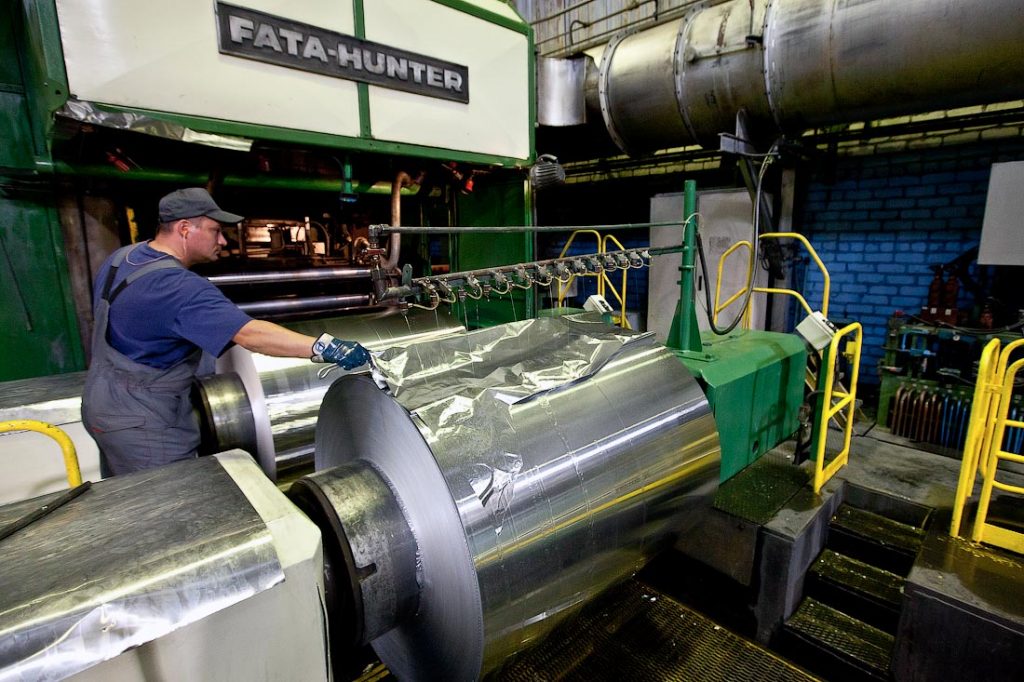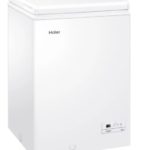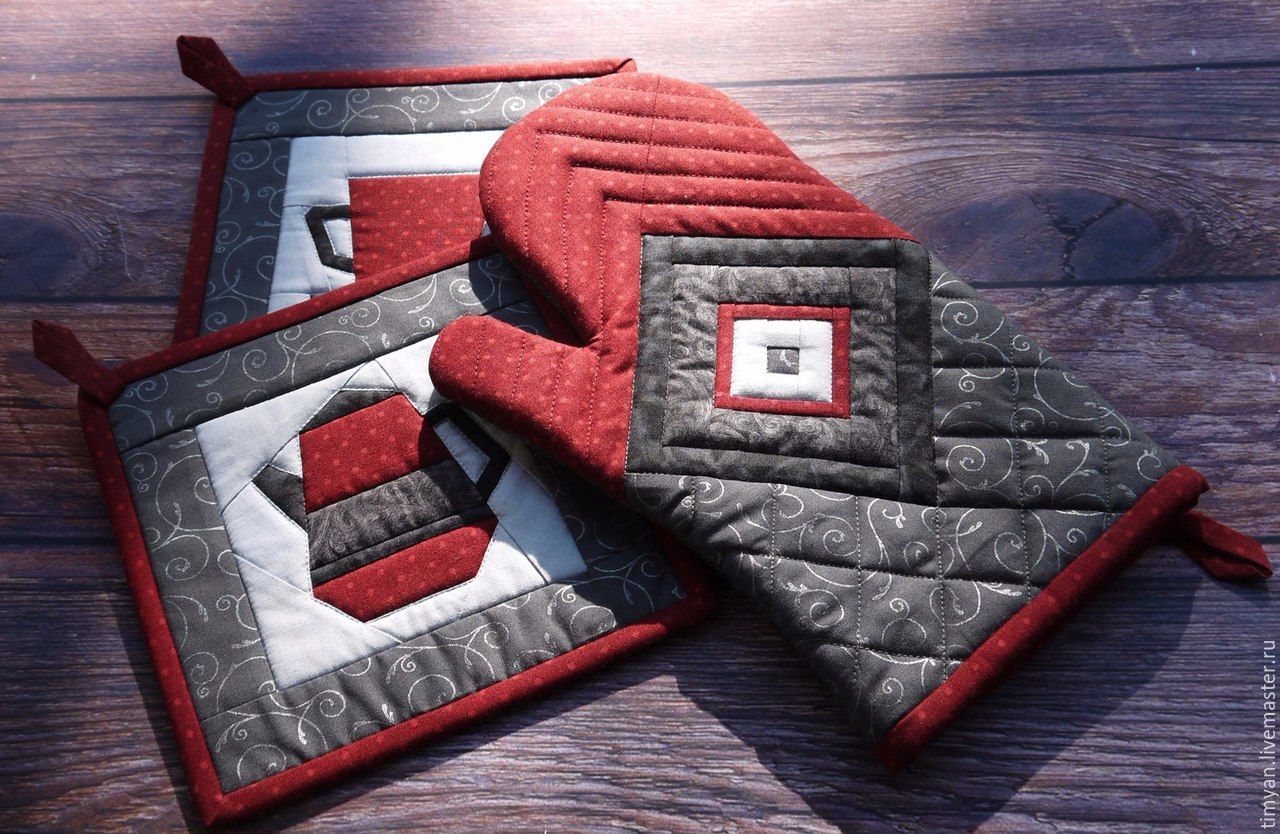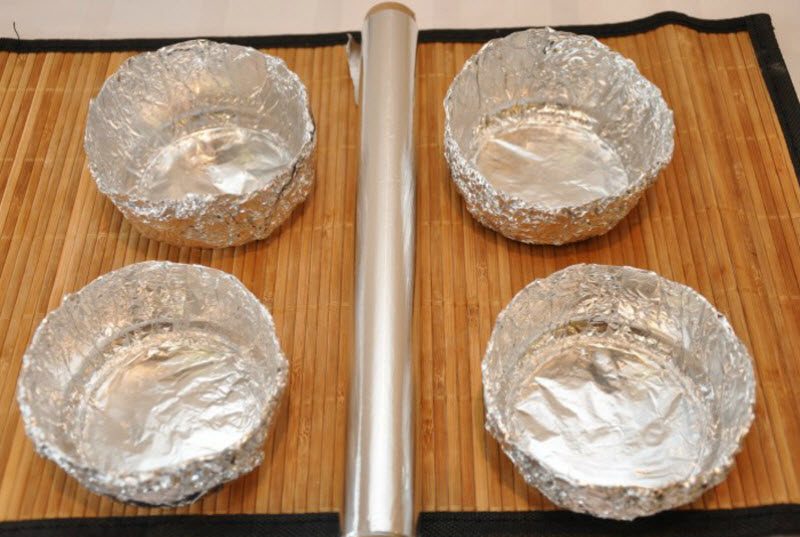What is foil made of?
Foil is a popular material that is used not only in cooking and the food industry. It is used in construction, medicine and other industries. It is a ductile metal alloy that is not prone to oxidation under various conditions. I wonder what components are used in production.
The content of the article
What is foil made of?
The material has only a technical purpose and may include alloys of various metals. In cooking Only aluminum is used foil, safe for the body.
Knowing the structure, a person will be able to understand the properties of the coating in more detail.
Composition and technical characteristics
There are several types of edible glitter paper available for sale. The label always contains markings, for example:
- A5;
- A0;
- AZh1;
- 1145 and others.
They indicate the amount and characteristics of impurities included in the product.
Maximum includes no more than 0.5–1% of the total number of ingredients.
Additives included during production affect the technical characteristics of the product. In particular, they strengthen the material or, conversely, reduce its ductility. This is important when rolling. Inertness also decreases: it ceases to be neutral when interacting with aggressive substances.
Regulations
The quality of foil is determined in accordance with GOST 745-2014.This law regulates the integrity and storage conditions of the product, in accordance with which it provides technical characteristics.
What to look for when choosing:
- The foil is provided to the buyer tightly wound on a thick cardboard base, in a roll.
- The document defines the nature of the tension. The winding should be smooth, without pieces protruding beyond the base and protruding turns.
- Dents, cracks, scratches and cuts are not acceptable.
- The dimensions and tolerances on them comply with the documentation, as well as the markings established by law.
- Strong, foreign odors are unacceptable.
- Color implies uniformity. Stains or shades of rust indicate irregularities in the manufacturing process.
- There are no problems when unwinding, the paper does not tear and remains intact.
- Mandatory sealed packaging to prevent damage and contamination during transportation and storage of goods.
GOST allows single holes in aluminum sheets with a thickness of 0.03 mm. This is not considered a marriage.

Manufacturing methods
Foil for food and candy is produced by cold drawing. Aluminum sheets are passed between large shafts, the distances between them gradually narrowing. This is how it is possible to achieve uniformity and impeccable thinness of the sheets.
To give decorative appeal, the foil is decorated with:
- imprint;
- adding color;
- drawings;
- lamination.
This feature is good for advertising products.
Foil classification
This is a universal material that is used in various industries. Their types differ in characteristics and impurities that determine the scope of use.
- Aluminum.Such packaging is prescribed for food products, chocolate, candies, used in cooking and in the production of insulating materials for heat accumulation.
- Gold. This kind of foil is called leaf foil. It is produced to ensure attractiveness. It is used in writing, as a food coloring and for decorative decoration of building facades.
- Silver. Widely used in medicine and cosmetology. Also suitable for the production of plastic windows and printing.
- Copper, platinum or lead. For technical needs only.
- Tin. Used in the production of mirror surfaces.
- Steel. Use in construction and food industry.
When choosing a material, be sure to study its composition and inspect the markings on the label.
Benefits of foil
The material perfectly preserves the properties of food and is suitable for cooking in ovens. Some types can even be used in microwave ovens for heating and cooking.
The food remains juicy, retains most of its beneficial properties and meets the requirements of a healthy diet. But you shouldn’t put food in shiny paper in the refrigerator. Some of them are capable of oxidizing and promoting the release of harmful substances.





